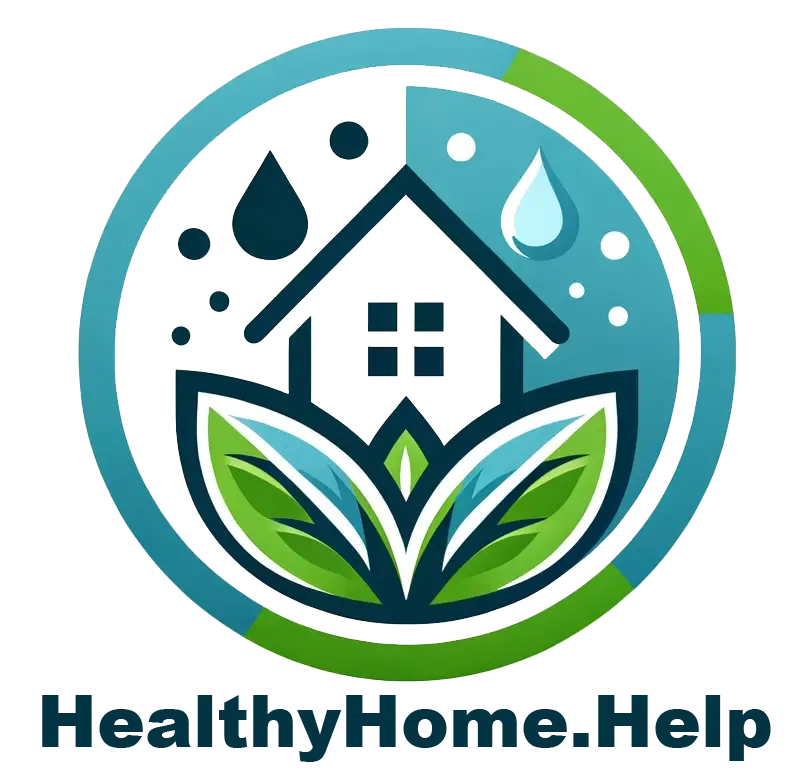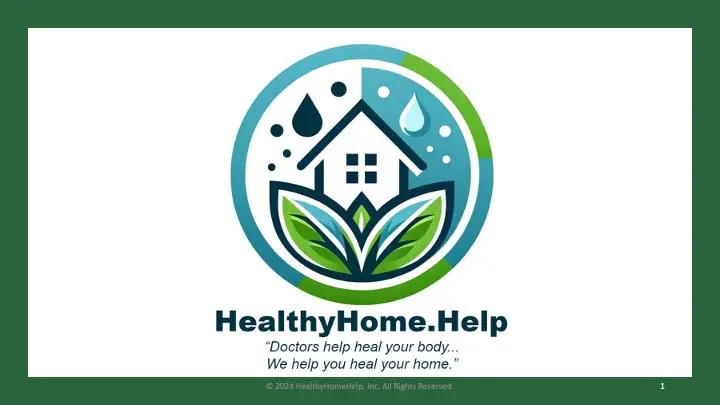VIDEO OVERVIEW
HEALTHYHOME.HELP - OUR PURPOSE, OUR DREAM
VITAL STEPS TO HELP BRIDGE THE GAP
THE IMPORTANCE OF A HEALTHY ENVIRONMENT
2 STEPS NEEDED TO RECOVER FROM INDOOR ENVIRONMENTAL EXPOSURE ISSUES
EAT THE HEALTHIEST FOOD
DRINK THE PUREST WATER
BREATHE THE CLEANEST AIR
USE NATURAL PRODUCTS
SWEAT EVERY DAY
GET THE BEST SLEEP POSSIBLE
MEND THE MIND
AVOID RE-EXPOSURE
FUNCTIONAL AND ENVIRONMENTAL MEDICAL PRACTITIONERS
THE TOTAL ENVIRONMENTAL PICTURE – MORE THAN JUST MOLD
2 STEPS NEEDED TO RECOVER FROM INDOOR ENVIRONMENTAL EXPOSURE ISSUES

STEP 1: GET YOU OUT OF IT
- Immediate Environment: The first critical step is removing the sensitized individual from the contaminated environment to prevent further exposure.
- Identification: Next, it’s important to identify the types, sources, and reservoirs of contaminants. This could include mold, VOCs, particulates, or other allergens and toxins present in the environment.
- Removal: After identification, the contaminants must be removed. This step may involve professional remediation services, especially for pervasive issues like mold or asbestos.
- Cleaning: The entire environment must be thoroughly cleaned to eliminate any traces of the contaminants, using methods safe for sensitized individuals.
- Testing: Post-remediation, testing is crucial to verify that the removal has been successful, and the environment is safe for the sensitized individual to return.
Alternatively, if the environment cannot be effectively cleaned or remediation is not possible, relocation to an uncontaminated environment may be necessary.

